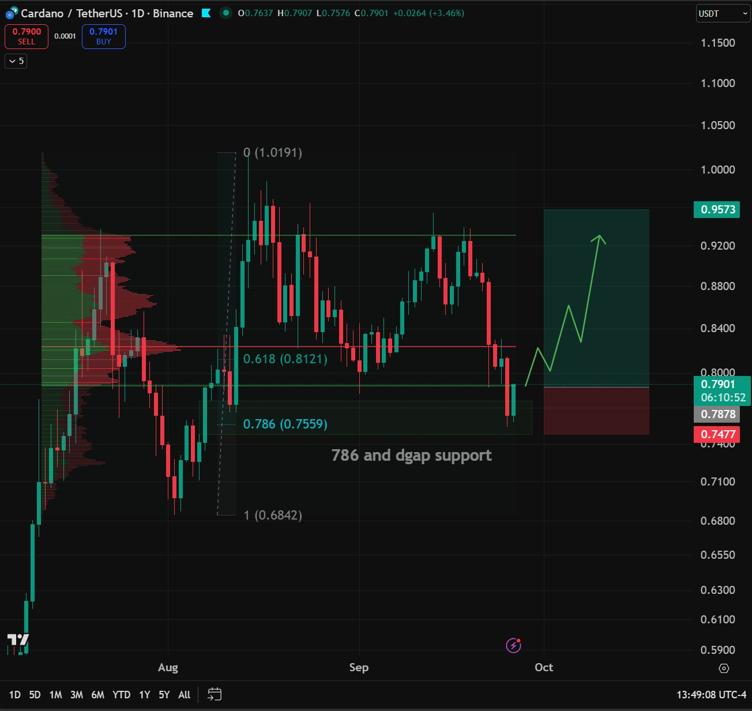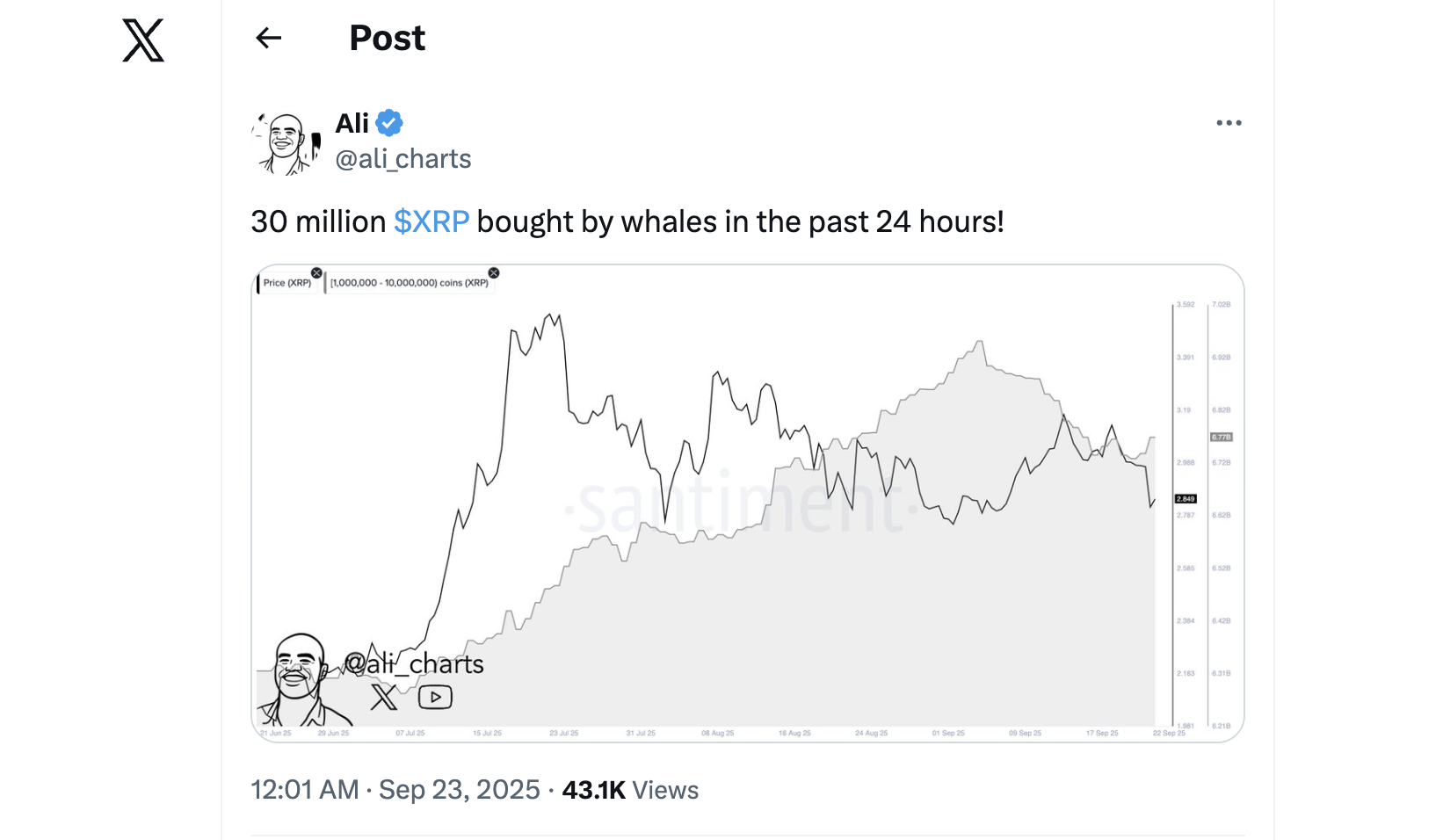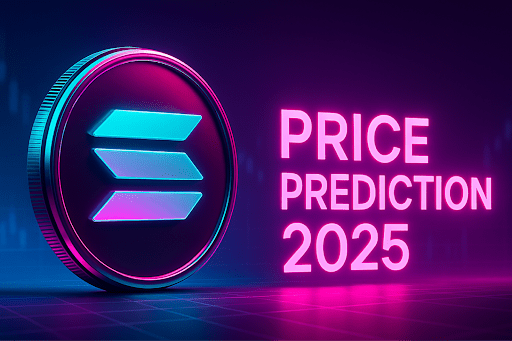Dropee’s Tap-to-Earn Model and Its Implications for the Future of Web3 Gaming
The rise of tap-to-earn (TTE) platforms like Dropee has redefined user engagement in Web3 gaming, blending gamification with blockchain’s decentralized infrastructure. As of August 2025, Dropee has attracted over 9 million active users on Telegram, leveraging the TON (The Open Network) blockchain to process millions of transactions seamlessly [1]. This growth trajectory, coupled with TON’s scalability solutions, positions Dropee as a pivotal case study for assessing the future of blockchain-based gamification.
Scalability: TON’s Infrastructure as a Competitive Edge
Dropee’s rapid user adoption hinges on TON’s ability to handle high transaction throughput. TON’s theoretical TPS (transactions per second) has been demonstrated at 104,715 during live tests, far outpacing Solana’s 1,000 TPS and Ethereum’s 16–18 TPS [2]. This scalability is achieved through dynamic sharding and optimized consensus mechanisms, enabling TON to distribute workloads efficiently while maintaining low fees ($0.01–$0.05 per transaction) [3]. For gamification platforms requiring frequent microtransactions—such as daily challenges and token creation—this infrastructure ensures minimal latency and cost, critical for sustaining user activity.
In contrast, platforms like Axie Infinity and STEPN faced user attrition due to reliance on volatile token economics and inadequate scalability. Axie Infinity’s monthly active users plummeted from 2.7 million in 2021 to 348K by 2023, while STEPN’s user base dropped from 700K to 19K by late 2024 [4]. These failures underscore the importance of robust blockchain infrastructure in retaining users. Dropee’s integration with TON mitigates such risks, offering a stable foundation for long-term engagement.
User-Driven Growth: Gamification and Tokenomics
Dropee’s model incentivizes user participation through daily tasks, virtual empire-building, and strategic investments in marketing and technology [1]. This approach diverges from traditional play-to-earn (P2E) models by prioritizing low-effort, high-frequency interactions. The platform’s native token, $DROPEE, is set for a token generation event (TGE) in Q2 2025, with a planned airdrop to its Telegram community [5]. Such tokenomics strategies aim to align user and developer interests, fostering a self-sustaining ecosystem.
Comparative analysis with Solana-based platforms like TapCoin reveals Dropee’s unique value proposition. TapCoin’s gamified challenges and internal reward systems have driven user retention by avoiding exposure to external market volatility [6]. Similarly, Dropee’s focus on task completion and token creation—rather than speculative trading—could enhance user loyalty. However, the absence of precise retention metrics for Dropee (as of 2025) necessitates cautious optimism, given industry benchmarks for SaaS and gaming platforms typically range between 30–84% [7].
Challenges and the Blockchain Trilemma
Despite TON’s scalability, the blockchain trilemma—balancing scalability, security, and decentralization—remains a challenge. While TON’s sharding and hybrid consensus mechanisms prioritize speed, critics argue this may compromise decentralization compared to Ethereum’s proof-of-stake model [3]. Additionally, TON’s real-world TPS (2,000–3,000) lags behind its theoretical maximum, highlighting the gap between lab tests and live network performance [8].
For Dropee, these trade-offs must be weighed against user expectations. Gamification platforms require near-instant finality and low fees to maintain engagement, but developers must also ensure security against potential exploits. TON’s partnerships with Ledger and OKX Racer suggest a strategic focus on security and market reach, addressing these concerns [1].
Conclusion: A Blueprint for Web3 Gaming’s Future
Dropee’s success hinges on its ability to leverage TON’s scalability while innovating in gamification and tokenomics. By addressing the limitations of earlier P2E models—such as Axie Infinity’s reliance on volatile rewards—Dropee offers a more sustainable framework for user retention. As the blockchain gamification market grows from $20.84 billion in 2025 to $190.87 billion by 2034 [6], platforms that balance technical infrastructure with user-centric design will dominate.
Investors should monitor Dropee’s TGE and $DROPEE’s exchange listing, as well as its ability to maintain user growth post-airdrop. If the platform sustains its current trajectory, it could redefine the tap-to-earn genre, proving that scalability and gamification are not mutually exclusive but complementary forces in Web3’s evolution.
Source:
[1] Dropee Surpasses 8 Million Players in Three Months [https://coinmarketcap.com/academy/article/dropee-surpasses-8-million-players-in-three-months][2] TON vs Ethereum vs Solana [https://pixelplex.io/blog/ton-vs-ethereum-vs-solana][3] TON vs Solana: The Shifting Landscape of Blockchain [https://www.binance.com/en/square/post/22294759118617][4] What’s Wrong with Gamification in Web3 [https://solus.agency/whats-wrong-with-gamification-in-web3/][5] Frictionless News Today | Latest FRIC Updates [https://www.bitget.com/price/frictionless/news][6] TapCoin’s Gamified Engagement Strategy [https://www.ainvest.com/news/tapcoin-gamified-engagement-strategy-model-sustainable-blockchain-user-retention-2508][7] Customer Retention Rates by Industry (2025 Benchmarks) [https://www.trypropel.ai/resources/customer-retention-rates-by-industry][8] Top 7 Blockchains by TPS in 2025 [https://www.ainvest.com/news/top-7-blockchains-tps-2025-ranking-fastest-networks-transactions-2508]
Source link
Written by : Editorial team of BIPNs
Main team of content of bipns.com. Any type of content should be approved by us.
Share this article:









